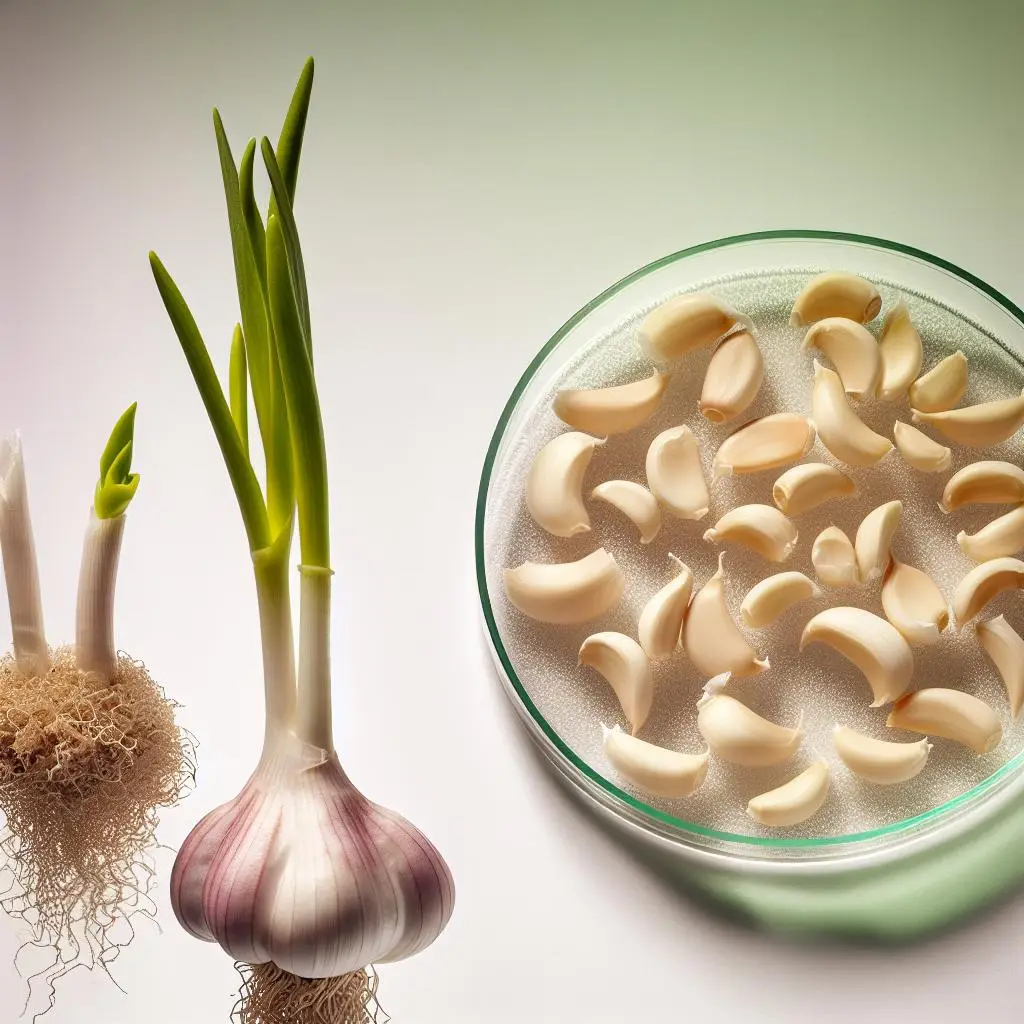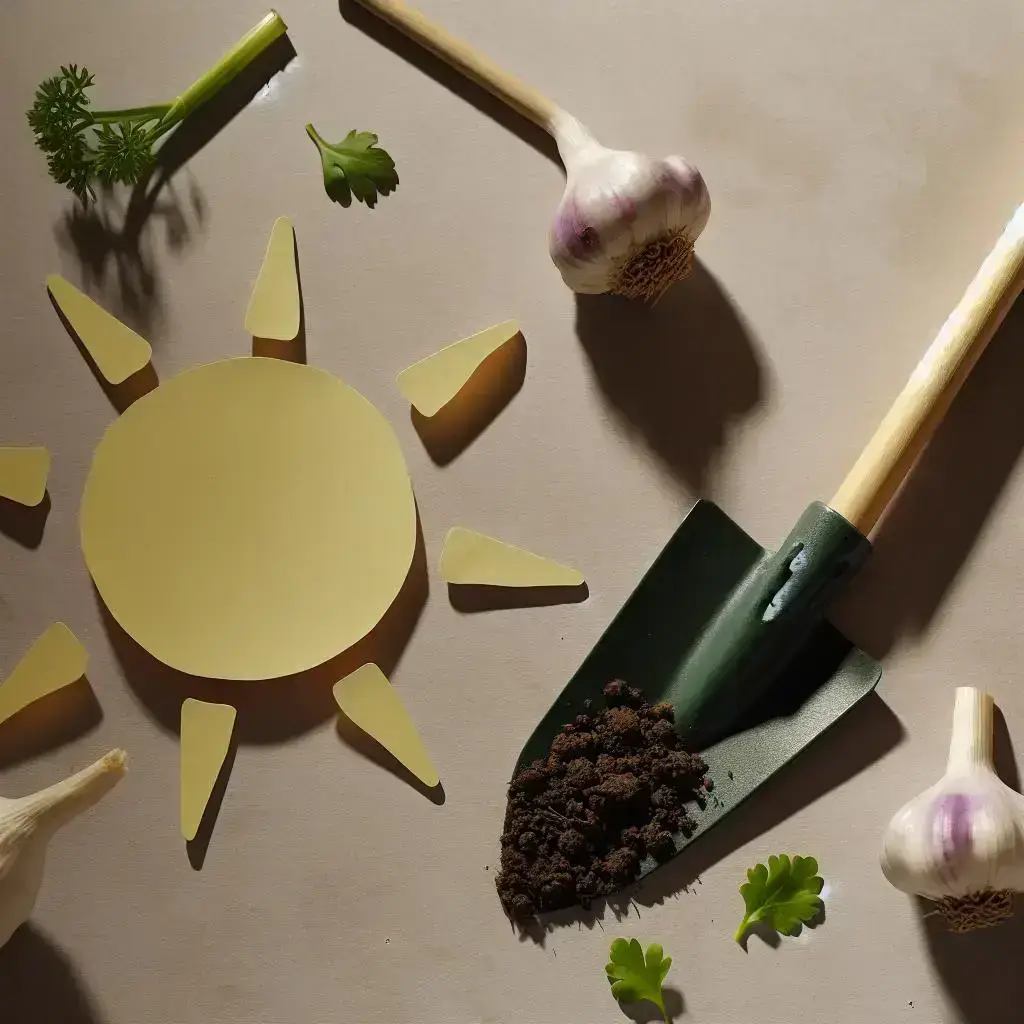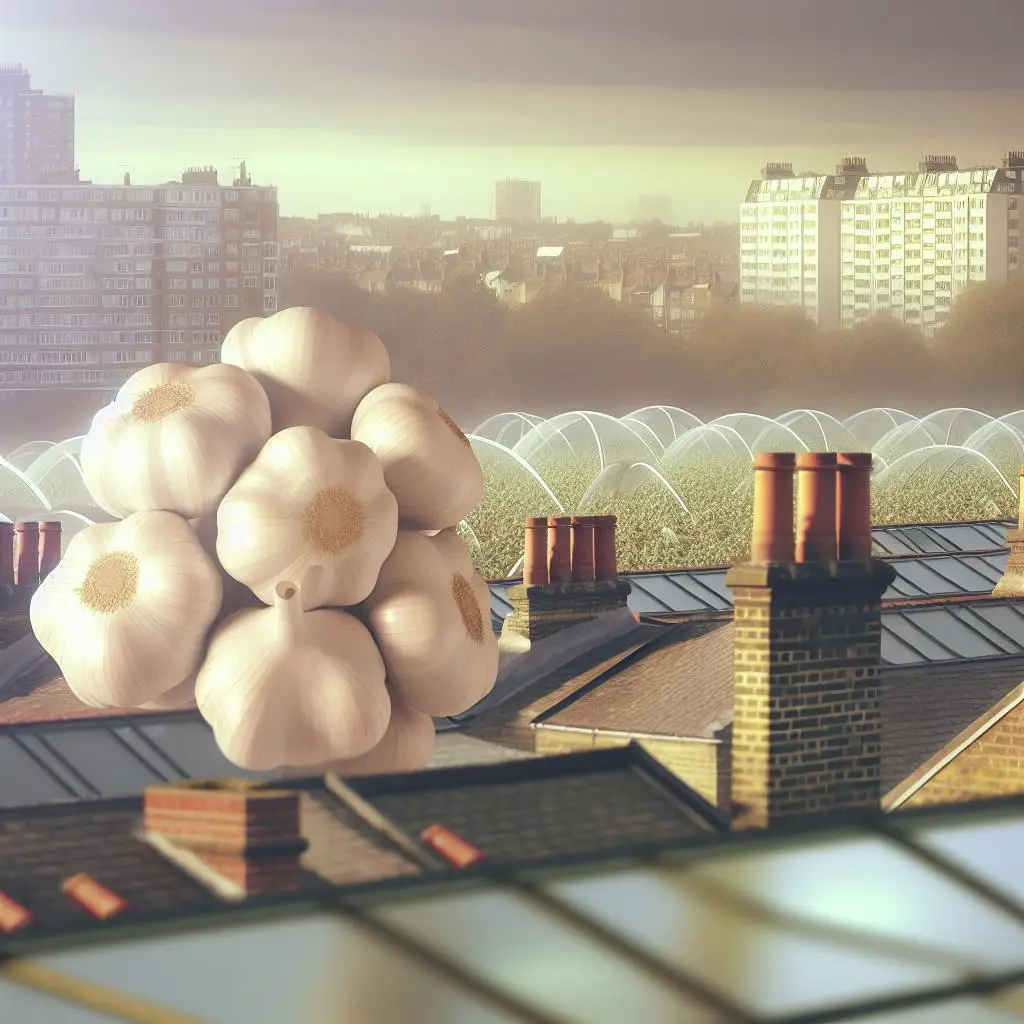Garlic is one of the oldest cultivated plants in the world, yet most people still underestimate it. It’s in our food, on our shelves, sometimes even in our supplements, but rarely in our spotlight. We peel it, crush it, and toss it into a pan without much thought. But garlic deserves more attention, and not just because it tastes good. Garlic is not just a superfood, it is a super asset. And once you understand the full picture, it’s hard to see it as anything less.
This article explores why garlic is far more valuable than most people realise. From health and history to culture, commerce and sustainability, garlic shows up across all domains of life. It is one of the few natural products that consistently proves its worth in both modern science and ancient tradition.
From Folk Remedy to Functional Powerhouse
For centuries, garlic has been known as a medicinal food. It was used by the Egyptians to boost the strength of labourers, by the Greeks to support athletes, and by soldiers throughout history to disinfect wounds and fight infections. Garlic was not a luxury, it was a necessity.
What’s remarkable is that today’s science confirms much of what these cultures instinctively knew. Garlic is now one of the most studied herbal substances in the world. Over 1,000 peer-reviewed scientific papers have explored its effects, and the evidence is both consistent and compelling.
Here are just a few of the proven health benefits of garlic:
-
- Cardiovascular protection. Garlic can lower blood pressure, reduce LDL (bad) cholesterol, and improve circulation. Some studies show it performs as well as certain pharmaceutical drugs for managing mild hypertension.
-
- Immune system support. Garlic helps the body defend itself against viruses, bacteria and even fungi. It has been shown to reduce the duration and severity of colds and respiratory infections.
-
- Anti-inflammatory and antioxidant activity. Chronic inflammation is a root cause of many modern diseases, from diabetes to arthritis. Garlic’s active compounds reduce oxidative stress and promote overall resilience.
-
- Blood sugar and metabolic health. Garlic can help improve insulin sensitivity and stabilise blood sugar levels, making it especially relevant for people with prediabetes or type 2 diabetes.
At the centre of garlic’s power is a compound called allicin, which is formed when garlic is crushed or chopped. Allicin is highly reactive and short-lived, but its effects on the body are long-lasting. It’s what gives garlic its distinct smell, as well as its antiviral, antibacterial and anti-inflammatory potency. This compound is nature’s chemical weapon, designed to protect the plant and, by extension, those who eat it.
A Global Constant in a Changing World
Very few foods are truly global. Garlic is one of them. You’ll find it in Italian pasta sauces, Korean kimchi, North African tagines, Indian curries, and Lebanese toum. In every one of these cuisines, garlic plays a central role not just in flavour, but in cultural identity. It is a symbol of hospitality, home cooking and health.
And garlic is not just part of tradition. It is a growing part of the future.
In recent years, garlic has entered new industries and taken on new forms. You can now buy:
-
- Aged garlic extract for cardiovascular health
-
- Black garlic, fermented for weeks to create a sweet, umami-rich superfood
-
- Garlic capsules, used in clinical nutrition for immune support
-
- Garlic oil, for culinary use and wellness routines
-
- Even garlic-based bioplastics, being tested as sustainable packaging materials
This isn’t a trend. It’s a shift. Garlic is being rediscovered not just as food, but as a functional product with real impact across sectors.
What Makes Garlic a Super Asset?
We hear a lot about superfoods. Blueberries, chia seeds, turmeric. But “superfood” is often used as a marketing label. Garlic is different. It earns the title through time, science and versatility.
But beyond being a superfood, garlic is a super asset. Why? Because it meets the criteria that define real long-term value.
-
- It’s resilient. Garlic grows in many climates, stores well, and is relatively low-maintenance. It thrives without needing heavy pesticides or fertilisers.
-
- It’s functional. Garlic delivers value across different dimensions: health, taste, wellness, agriculture, sustainability.
-
- It’s timeless. Garlic has been in use for millennia. It is as relevant today as it was in ancient Egypt. Very few things in modern life can say that.
-
- It’s inclusive. Garlic is used across cultures, across price points, and across age groups. It’s not exclusive to one type of person or market.
-
- It’s scalable. From small home gardens to industrial farms, garlic can grow anywhere. And its value doesn’t drop when scaled — it often increases.
In business terms, garlic would be described as a high-utility, low-risk, high-upside asset. It holds its value. It has multiple use cases. It works under pressure. And it’s everywhere.
What Garlic Represents
Garlic is also symbolic. It stands for something deeper. Strength, simplicity, endurance. It reminds us that nature often offers the best solutions, and that the ordinary can be extraordinary when viewed through a wider lens.
It also challenges our obsession with complexity. In a world driven by new technologies, artificial additives and synthetic supplements, garlic is a quiet reminder that the basics still matter. You don’t always need something new. You need something that works.
So, What Now?
If you’ve been overlooking garlic, now is the time to reframe your thinking. It’s not just an ingredient. It’s not just a health booster. It’s a foundation. Something to build on, invest in and take seriously.
Whether you’re interested in food, health, sustainability or wellbeing, garlic deserves a place in the conversation.
And in your kitchen.
















